Where can I invest my money in Tanzania?
- Real Estate Development.
- Tourism.
- Pharmaceuticals.
- Energy.
- Livestock.
- Manufacturing.
- Agriculture.
- Mining Sector.
Real Estate Development
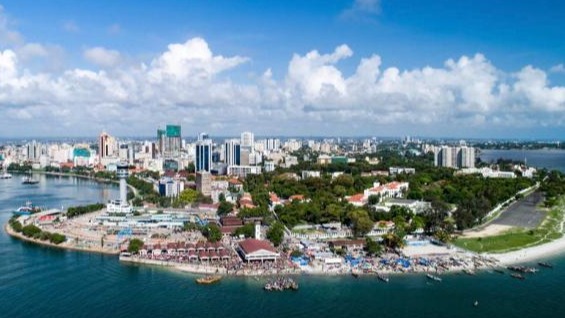
Overview
Accommodation in Dar es Salaam and other cosmopolitan areas is in acute shortage due to, among other reasons, the rapid growth of economic projects, which have attracted a huge population of persons (international and local) with the need of residence. Investors may form a synergy with National Housing Corporation (NHC) or Tanzania Building Agency (TBA), or other private firms and provide commercial building solutions for residential and commercial purposes.
Quick Facts
- Population: 60 million at a growth rate of 2.7% pa;
- Government Head Quarter and functions moved from Dar es Salaam to Dodoma the Capital;
- High demand for resident houses, Hotels and offices accommodation in Dodoma;
- Demand of modern housing is increasing across the country.
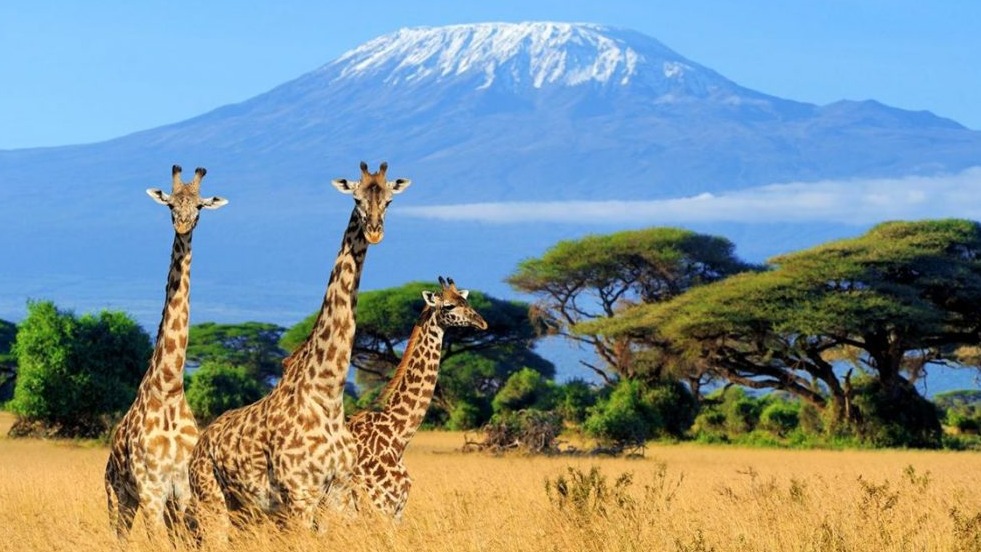
Overview
Tanzania’s tourism industry accounts for about 24.0 % of its exports and 17.2% of GDP.This is a fast growing sector that offers plenty of investment opportunities.
Quick Facts
- Average length of stay: 10-11 days
- Average Expenditure per tourist: US$355 (package tours) and US$247 (non-package tours)
- 22 National Parks,
- 1 Conservation Area
- 2 Game Reserves,
- 44 Game Controlled Areas,
- 4 Ramsar/Wetland Sites,
- 33 Wildlife Management Areas,
- 6 Nature Reserves
- Tourism icons:
- Kilimanjaro Mountain – 5,895 Meters High – is the highest free-standing mountain in the World and highest in Africa
- Ngorongoro Crater is among the World Heritage Sites
- Serengeti National Park with Animal Migration – the leading National Park in Africa in 2019, 2020 and 2021.
.jpeg)
Pharmaceuticals
Overview
The government realizes the importance of achieving self-sufficiency in terms of pharmaceutical production and has encouraged investments from local and foreign investors. Tanzania’s pharmaceutical market is among the largest in Sub-Saharan Africa. In April 2018, the Ministry of Health, with the Ministry of Industry Trade and Investment, met with Tanzanian health sector stakeholders to urge the investment in the local industries as to reduce its dependency on imported medical supplies and pharmaceuticals.
This was followed by an announcement in May 2018, that the ministries of Industry, Trade and Investment and Health set a five-year target to produce 50% of hospital drugs and medical equipment locally as well as reducing the cost of domestically procured medicine.
Quick Facts
- Pharmaceutical & Medical devices Imports: more than 85%
- Foreign currency spent Annually: US 1billion
- Potential market;
- local population about 60 million;
- EAC Population: 160 mil. (Est. 2018);
- SADC Population: 327 mil. (Est. 2019);
Energy
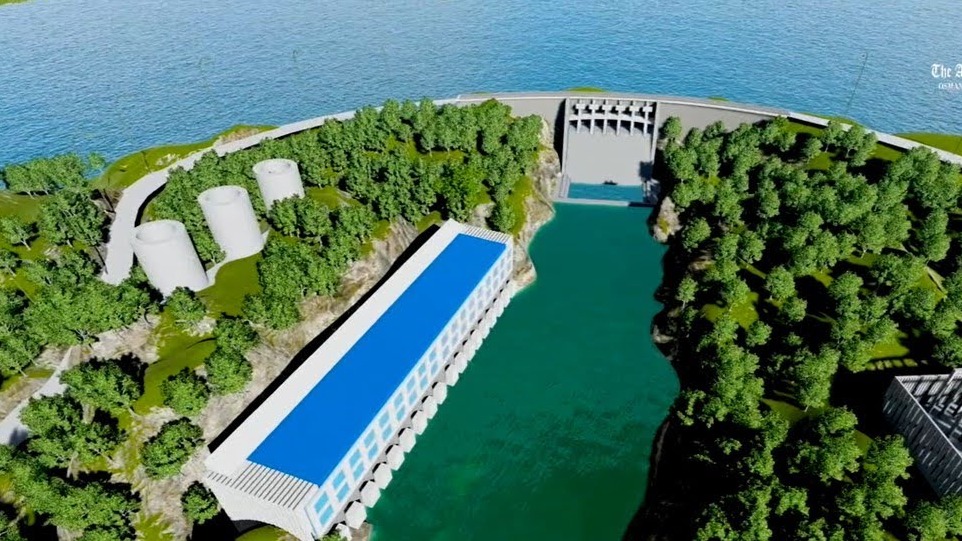
Overview
Tanzania is endowed with diverse energy sources including biomass, natural gas, hydro, coal, geothermal, solar and wind power and uranium, much of which is untapped. Commercial energy sources i.e., petroleum and electricity, account for about 8% and 1.2%, respectively, of the primary energy used. Coal, solar and wind account for less than 1%.
Quick Facts
- At present, 21% of the population with about 7.4 percent in the rural areas has access to electricity.
- The Tanzania power sector is dominated by a single vertically integrated national utility, Tanzania Electricity Supply Company Ltd (TANESCO).
- The total grid installed generation capacity of both TANESCO’s power plants and private producers is currently at 1,438.24 MW
- 561 MW is generated from TANESCO owned hydro power stations and thermal 658 MW
- National electricity connectivity is about 14%
- The contribution of non-hydro renewable energy for power generation is less than 5%
- Wood-fuel accounts for up to 90% of total national energy consumption, with about 2% from electricity and 8% from petroleum products.
Livestock
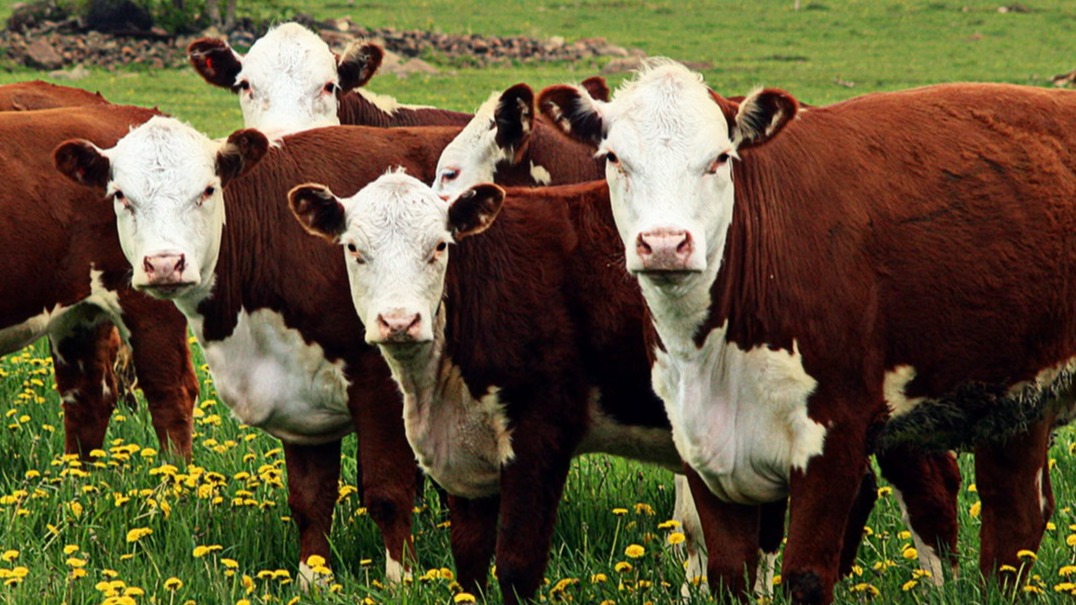
Overview
Tanzania has outstanding natural resources for livestock development including resilient livestock breeds, extensive rangelands and diverse natural vegetation of 88.6 million hectares of land resources in the country, 60 million hectares are deemed suitable for grazing.
Quick Facts
- 2nd largest livestock in Africa
- Potential for 4.0Mil hides and 6.1Mil skins, annually.
- Local Meat demand is projected to increase by 166% from 290 million Tons to 480 million Tons in 2030
- All foundational economic indicators point to dramatic increase in national, regional and global demand for Tanzanian livestock products as populations grow in number and affluence. With demand for meat in Tanzania expected to triple by 2030.
- Tanzanian with its geography linking east and southern Africa and interior nations to the coast is well placed to be a major player in regional livestock market investments.
- Trade in meat has increased significantly, with more and more countries seeking to close their supply gap through imports. Major meat exporters, especially in South America, face logistical challenges to supply new growth areas in Africa, Middle East and Asia.
Manufacturing
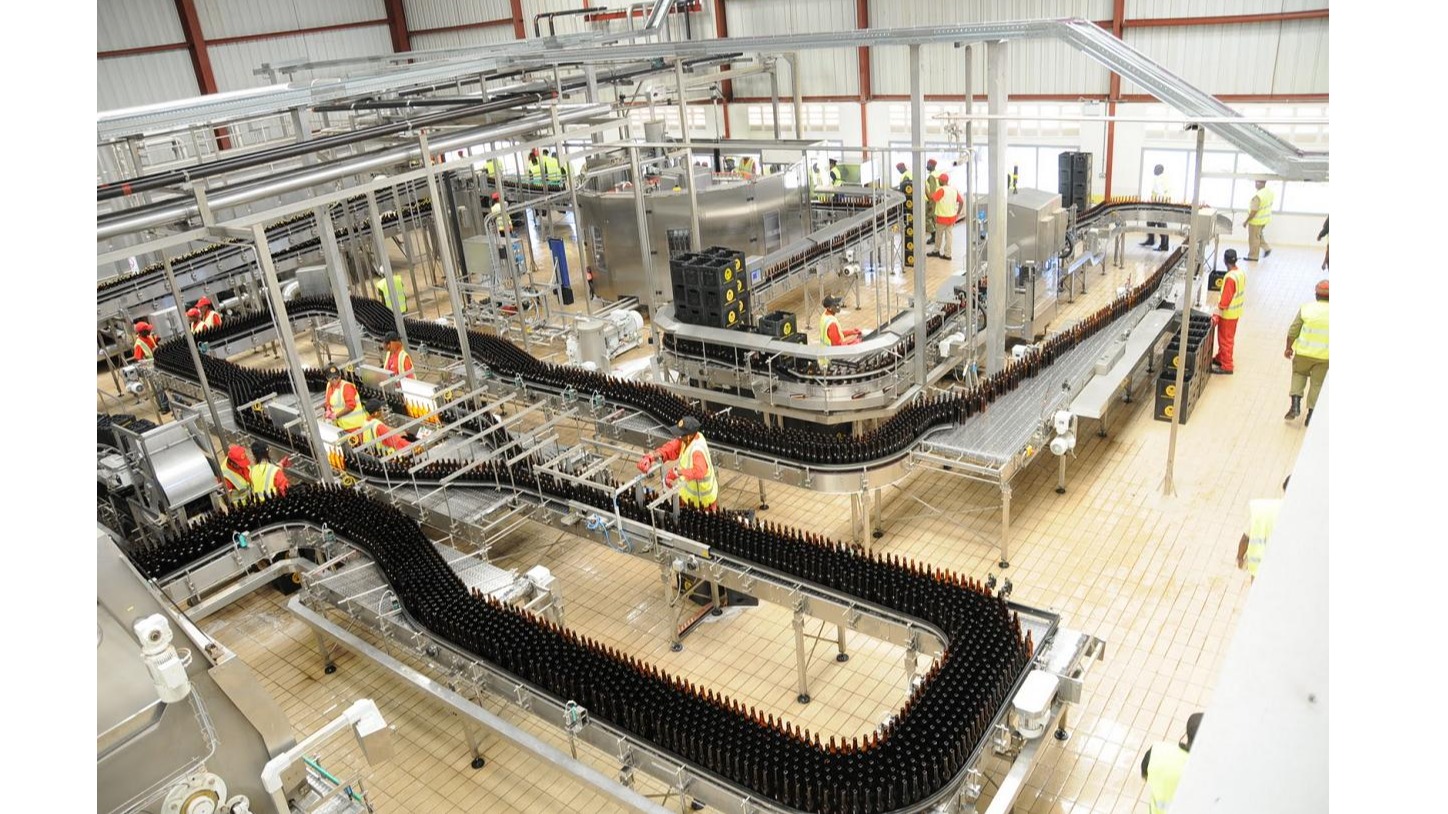
Overview
The manufacturing sector is at its infancy stage with few exploited areas whereby unprocessed agricultural commodities have dominated major exports.
The manufacturing sector has shown steady growth over the years, registering 8.3% annual growth rate and a small contribution of 8.1% to the GDP. The sector employs around 306,180 workers mainly in the urban areas. The sector contributes to the Tanzania economy through revenue collection of import and export sales, corporate tax, and income tax, contributing about 18.1% foreign exchange to the government.
Quick Facts
- Tanzania is fully reliant on imported automotive products such as passenger cars
- Tanzania has made discoveries of natural gas, soda ash, and other minerals required for petrol, gas, and chemical industries
- Tanzania has a sugar demand gap of about 220,000 tons met through imports
- In 2015 Tanzania imported 60% of its edible oil
- Tanzania is identified as one of the 20 countries that will in the near future offer the most opportunities for consumer goods companies globally, particularly for food and beverages
Agriculture
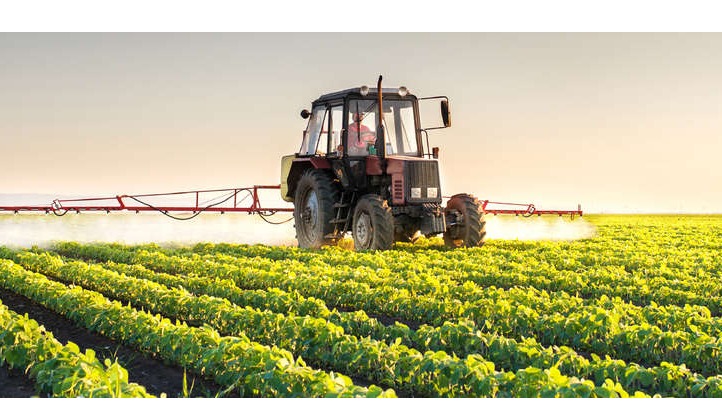
Overview
This sector remains central to Tanzania’s industrialization as it provides markets for industrial products and raw materials for industries. Tanzania has 44 million hectares of arable land with an estimated 29.4 million hectares suitable for irrigation.
Quick Facts
- Agriculture employs about 67 % of the employed population and remains central to Tanzania’s industrialization as it provides markets for industrial products and raw materials for industries
- Tanzania has the 2nd largest livestock population in Africa.
- Less than 1% of all meat is processed locally, at the same time vast quantities of processed meat are imported
- The area of freshwater cover is estimated at 54,337 sq. km., which is about 6.1 % of the total country’s surface area
- The country has Territorial Sea of 64,000 sq. km., an Exclusive Economic Zone (EEZ) covering an area of about 223,000 sq. km and 1,424 km coastline along the Indian Ocean
- Tanzania produces about 300,000 tonnes of raw sugar annually, (2014/2015 figures) leaving a demand gap of about 220,000 tonnes to be met through imports. The sugar supply gap is set to increase at an estimated 6% per annum from the current 300,000 tons/year
- There are 4 existing estates in Tanzania, producing a total of 300,000 tons of sugar per year and reaching their full capacity.
- Tanzania has among the highest average cane yields in the world, at 120 tons/ha due to good soils and climate.
- With ample rainfall and generous rivers fed by the high hinterland plateaus, Tanzania has among the best irrigation potential in the sub-region.
- Soil and topography in target sugar zones are ideal for industrial sugarcane cultivation.
- Tanzania spends more that US$ 150,000 annually to import edible oil. Lack of modern mechanical extraction equipment and ineffective way to increase productivity in agriculture has situated Tanzania to rely on imported edible oil.
- Tanzania has sunflower, cotton, groundnuts, soya beans, and palm, which, with increased production, and productivity can be used to anchor a competitive edible oil industry in the country and regional market.
Mining Sector
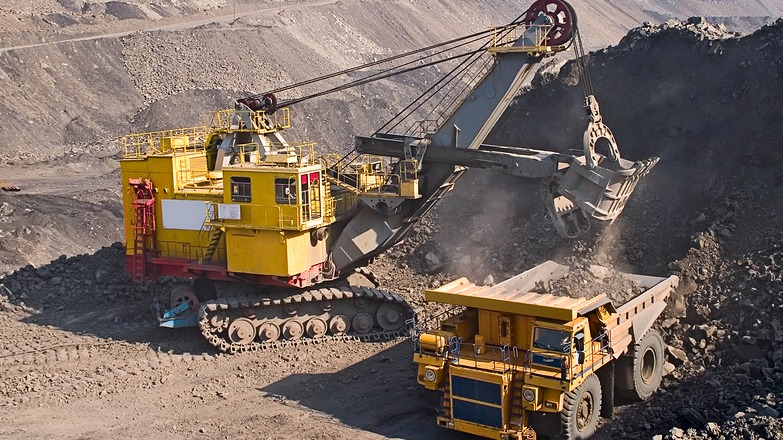
Overview
Tanzania Mining industry is highly important since it accounts for a significant share of the country’s export revenues. The Government plans to have this sector contribute 10% of GDP by 2025. Besides a few major companies, this sector contains several medium scale companies and a cluster of small-scale mining companies. Key mineral deposits include coal, copper, diamonds, gold, nickel, silver, uranium, and Tanzanite gemstone, which is found nowhere in the world other than Tanzania. Even though the current discoveries of huge deposits of gas may change the equation, the Government planned to deploy coal- firepower to offset the shortage of energy.
Quick Facts
- Processing of precious metals and gemstones.
- Establishing a caustic soda refinery plant in Engaruka
- Production of iron ore and steel in Liganga;
- Processing of nickel in Kabanga; and
- Extracting Uranium in Mkuju.
- Investment in minerals smelters
fishing sector
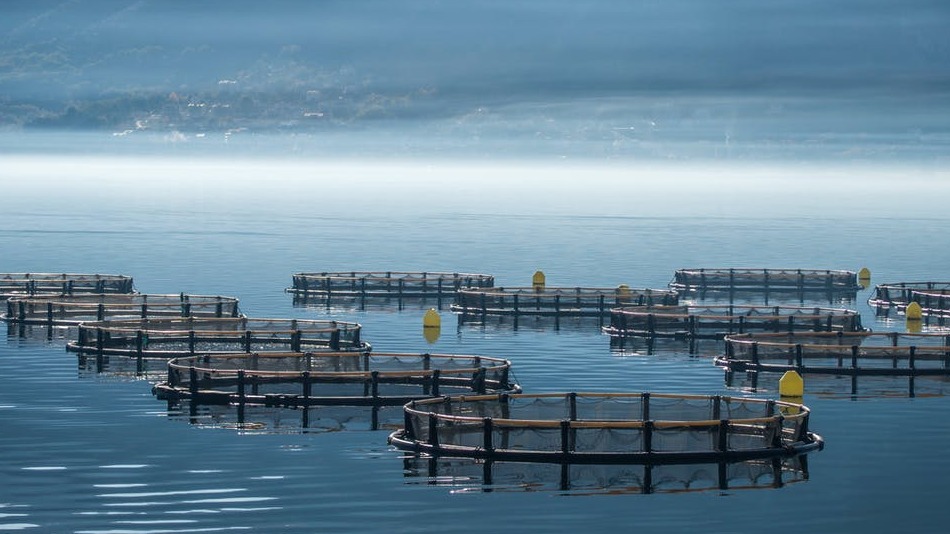
Overview
Tanzania has a total surface area of 945,037 sq. km. The area of freshwater cover is estimated at 54,337 sq. km., which is about 6.1 percent of the total country’s surface area. The country has a Territorial Sea of 64,000 sq. km., an Exclusive Economic Zone (EEZ) covering an area of about 223,000 sq. km. and a stretch of a coastline of about 1,424 km long all in the Indian Ocean, and other inland water bodies (major and minor lakes, rivers, dams, ponds and wetlands), covering about 5,000 sq. km. The country shares three major inland lakes: Lake Victoria (shared with Kenya and Uganda), Lake Tanganyika (shared with Burundi, DRC and Zambia) and Lake Nyasa (shared with Malawi and Mozambique).
Quick Facts
- Tanzania is one of the largest fishing nations in Africa, according to FAO; it is ranked in the top 10 countries in terms of total capture fisheries production.
- The annual fish production is about 341,065 tons. In addition, the sector contributed about 1.4 percent to the GDP (National Statistics Bureau; 2010) and 10 percent to the national foreign exchange earnings.
- The sector employs more than 177,527 full time fishermen and about other 4 million people earn their livelihoods from the fisheries sector (Fisheries Statistics, 2011).
- For the years 2005 – 2010, fish and fishery products exports from Tanzania earned the country US$ 195.2 million per annum.
- The country shares three major inland lakes: Lake Victoria (shared with Kenya and Uganda), Lake Tanganyika (shared with Burundi, DRC and Zambia) and Lake Nyasa (shared with Malawi and Mozambique).
SOURCE:TIC TANZANIA
 Tanzania Portal News Worldwide
Tanzania Portal News Worldwide
